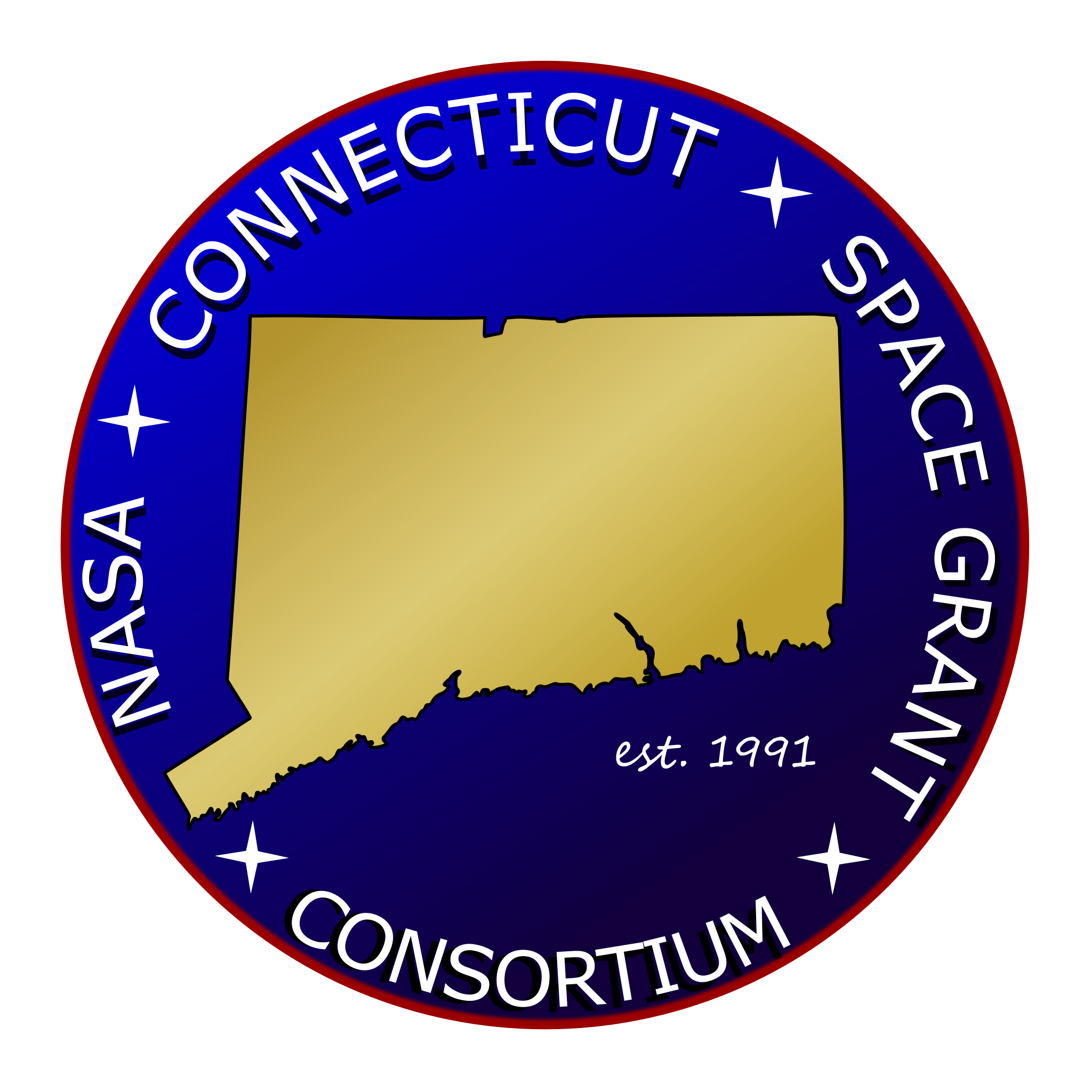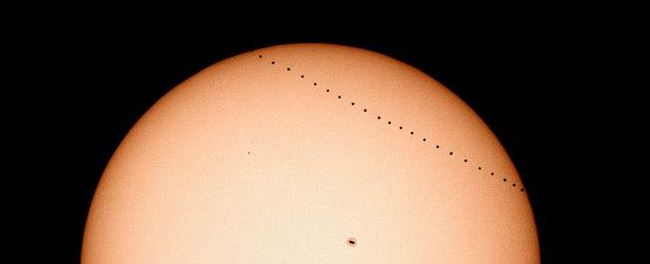Monday, May 9th (7:12 AM to 2:39 PM) will see a spectacular astronomical event! Mercury will pass in from of the sun and will be visible from earth. See below a message from Seth Redfield (CTSG Campus Director, Wesleyan University) about an event at Wesleyan’s Van Vleck Observatory
” You may or may not have heard, but a special astronomical event is occurring on Monday, May 9th. The planet Mercury will pass directly in front of the Sun, from the perspective of the Earth. The entire transit is visible from our location, which takes a little more than 7 hours, and occurs from 7:12am to 2:39pm. Only 53 transits of Mercury have occurred since humans first observed one in 1631. But, to be in a location that can witness the entire event is quite rare (see the list of recent/future full transits that are visible from Wesleyan). There have only been 5 other occasions since Wesleyan’s founding, and while there will be another opportunity Nov 11, 2019, the one after that is not until May 7, 2049.
We are having a special event at the Observatory on Monday to celebrate (and hopefully observe) the Mercury transit. All the bad weather this week should have cleared out, and the forecast is looking good. We will have telescopes outside the Observatory between 9:30am and 3pm. A sneak peak picture is given below, which is a sequence of superimposed images showing a full transit of Mercury across the Sun. Both Mercury and the sunspots should be easily seen through our telescopes at the Observatory.
We will also have a collection of rare books from the Special Collections and Archives about the 18th and 19th century Mercury transits. Suzy Taraba will be in the Observatory Library between noon and 1pm with several items. Also, this would be a wonderful opportunity to see our new exhibit (which opens today!) in the VVO Library about the history of astronomy at Wesleyan. Some highlights of the rare books from Special Collections that will be on display are:
- “An account of the voyages undertaken by Captain Cook”, John Hawkesworth (1773) — as part of the same voyage in which Captain Cook traveled to Tahiti to observe the Transit of Venus in June 1769, they also journeyed to New Zealand to observe the Transit of Mercury in November 1769. This was only the 7th Mercury transit observed by humans.
- “Philadelphia area observations in of 1769 transit of Mercury”, Transactions of the American Philosophical Society (1771)
- “Reports on Telescopic Observations of the Transit of Mercury”, Asaph Hall (the discoverer of the moons of Mars) (1878) — in which Wesleyan is identified as one of the observing sites in this U.S. Naval Observatory publication.”


